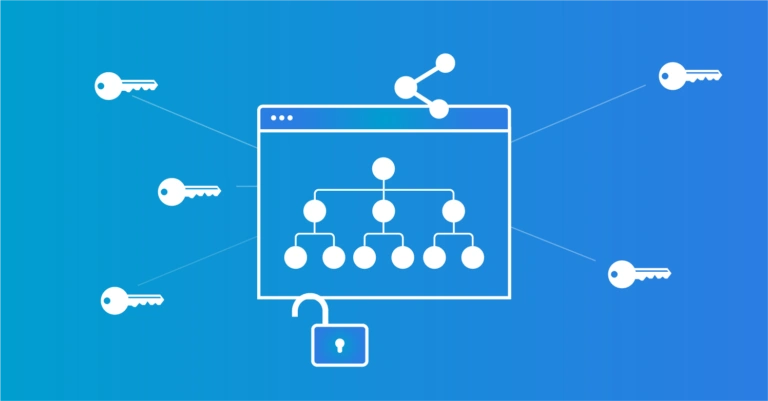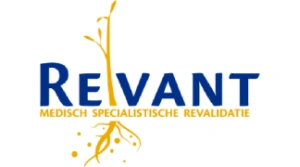FEATURES
Role Based Access Control
Fully automated access to the right resources at the right time

Uncover the potential of RBAC with HelloID
Click here to learn more about our comprehensive HelloID platform and discover how we can enhance your organisation’s safety and efficiency.
A Look at the Options
Role-specific rights
In RBAC, each user within your organization is assigned a distinct role, typically based on their job role, department, or location. These roles define the user’s access rights, making the rights management process streamlined and automated. The result? A system that’s both transparent and secure, where users consistently possess the appropriate permissions

Dynamic permissions
HelloID has the capability to independently establish groups within your target system. For instance, when there’s an addition of a new department to the HR system, HelloID promptly identifies the change and assigns the necessary memberships accordingly. This method, labelled as Dynamic Permissions, provides flexible and reactive rights management that evolves with the changes in your organisation.

Security through automation
In HelloID’s RBAC, automation plays a pivotal role. Utilising specific threshold values, HelloID guarantees that only legitimate modifications are made, preventing unintended operations and potential security vulnerabilities. This introduces an added level of security and confidence for your organisation.

Detailed permissions
With RBAC in HelloID, you can set detailed permissions, ranging from account creation to specific sub-permissions in target systems. This flexibility ensures a granular control mechanism over each user’s access rights, allowing you to ensure that each user has exactly the rights they need, and nothing more.

RBAC and HelloID Provisioning
“RBAC and HelloID Provisioning
Role-Based Access Control (RBAC) is a pivotal component of HelloID Provisioning. This combination offers a streamlined and automated approach to access rights within your organisation. With HelloID Provisioning, the management of user accounts and their lifecycle is seamlessly integrated with the role-based access control of RBAC.”
This ensures that once an employee receives a designated role within the organisation, HelloID Provisioning instantly assigns the relevant access privileges corresponding to that role. This process eliminates manual interventions, minimises mistakes and guarantees a more secure and productive operational environment.
Furthermore, the integration of RBAC with HelloID Provisioning ensures that the access rights and access management are always up-to-date, aligning with the dynamic needs of your organisation. The outcome? A robust, scalable and flexible solution that meets the contemporary requirements of access management.
Discover what HelloID can do for your organisation
Explore how our cloud-based IAM solution enables organisations to manage users and access rights automatically, improving productivity, security and compliance while simultaneously reducing costs.



